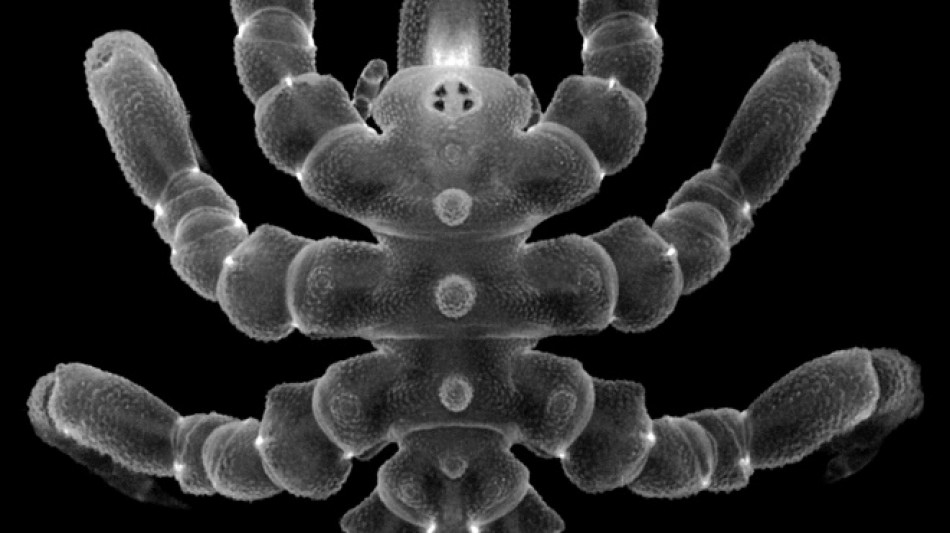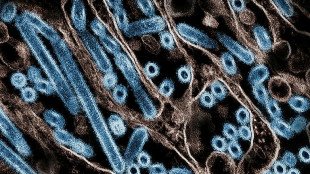

Sea spiders can regrow body parts, not just limbs: study
Sea spiders can regrow body parts after amputation and not just limbs, according to a study released on Monday that may pave the way for further scientific research into regeneration.
"Nobody had expected this," said Gerhard Scholtz of Humboldt University in Berlin, senior author of the study published in the Proceedings of the National Academy of Sciences. "We were the first to show that this is possible."
It is well documented that many different types of arthropods such as centipedes, spiders, and other insects can regrow limbs after a loss.
"Crabs can even automatically get rid of their limbs if they are attacked," Scholtz said. "They replace it by a new limb."
What the researchers discovered with their experiments with the tiny eight-legged sea spiders is that they are able to regenerate body parts other than limbs.
For the study, they amputated different hind limbs and posterior parts of 23 immature and adult sea spiders and monitored the results.
There was no regeneration of body parts in the adult sea spiders but some of them are still alive two years later.
The juvenile specimens, on the other hand, experienced a complete or a near-complete regeneration of the missing body parts including the hindgut, anus, musculature, and parts of reproductive organs.
Ninety percent of the sea spiders survived long-term and 16 of the young ones went on to molt at least once.
Regrowth of the posterior was observed in 14 of the young spiders while none of the adult specimens molted or regenerated.
Regeneration capabilities vary throughout the animal kingdom. Flatworms, for example, can regrow their body just from a few cells.
Vertebrates, which include humans, have virtually no regeneration capability with some exceptions such as lizards which can regrow tails.
Scholtz said the findings could pave the way for further research in the field.
"There's a wealth of different species that can be tested in this way," he said.
The next step may be to try to discover the mechanism behind the regrowth.
"We can try to find out on the cellular level and the molecular level what indicates the regeneration," he said.
"Perhaps there are stem cells involved which are undifferentiated cells that can assume new shape and fate?"
"In the end, maybe the mechanisms we detect in arthropods may help medical treatments of limb loss or finger loss and so on in humans," Scholtz said. "This is always the hope."
E.Sanchez--LGdM




